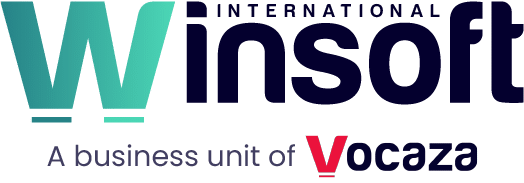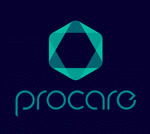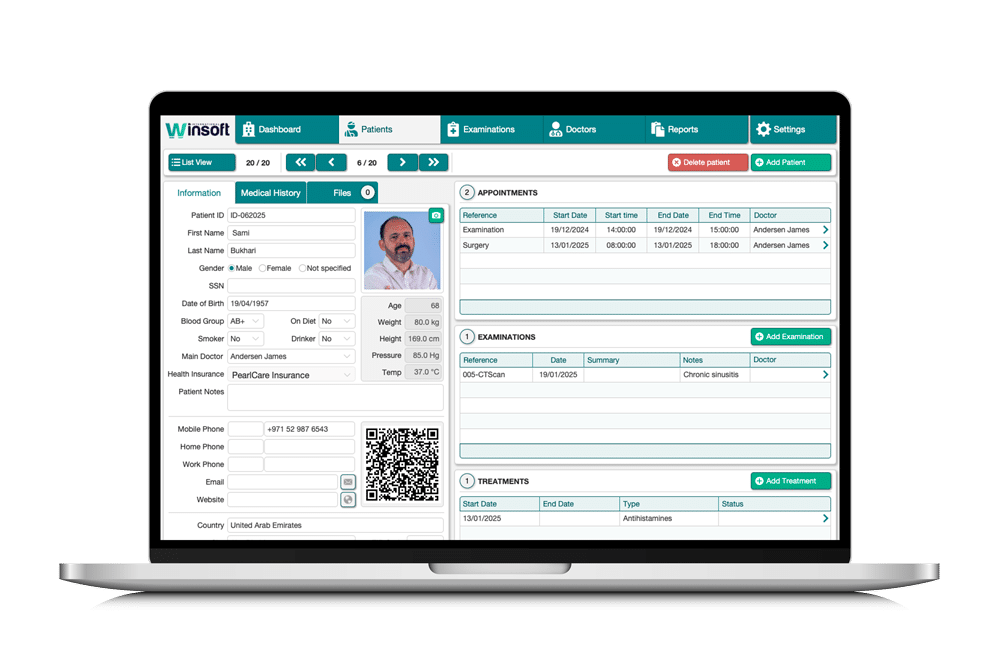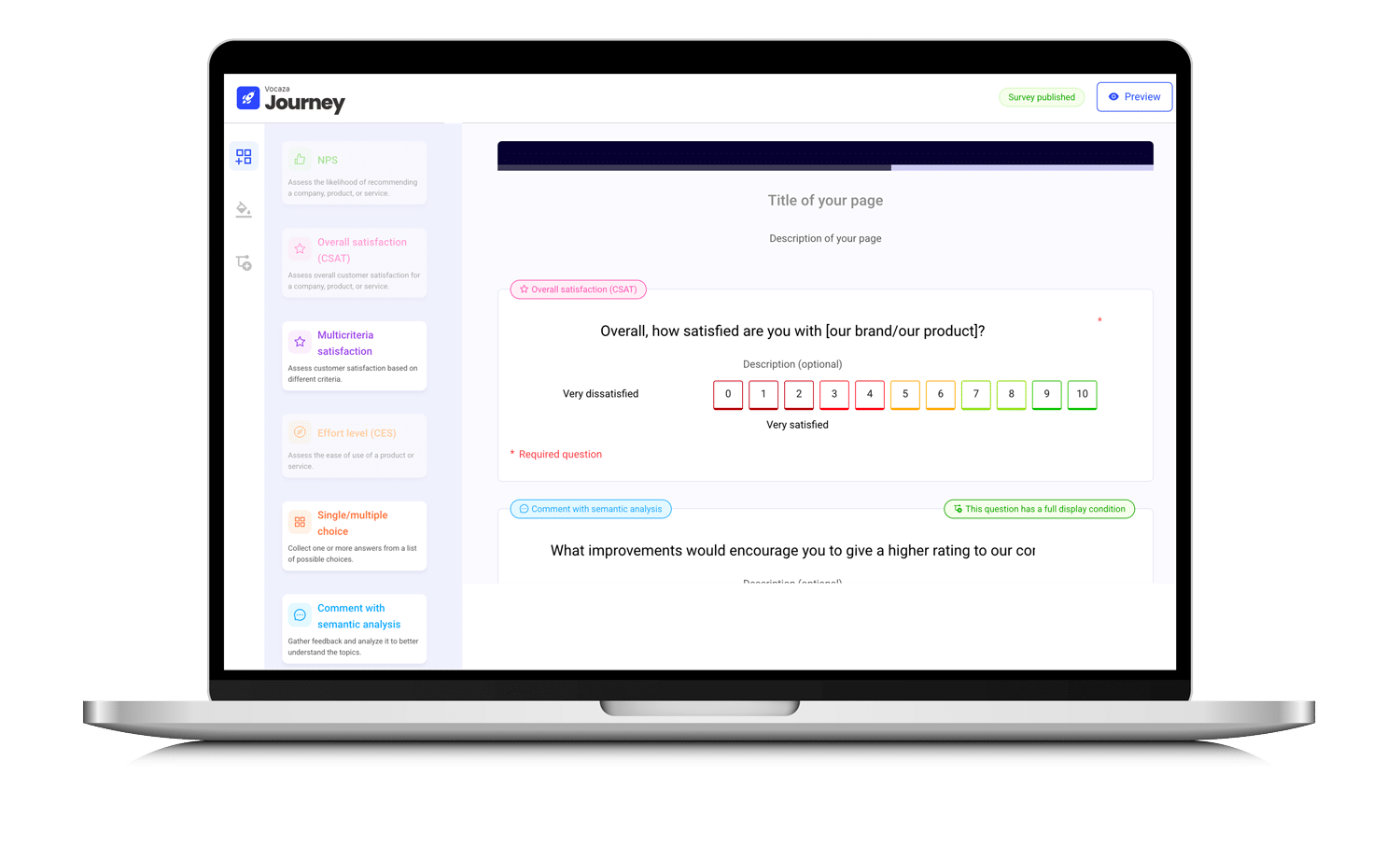Healthcare systems often rely on a variety of applications and operate in silos.
The fragmented data and lack of interoperability make it challenging for healthcare providers to share patient data across platforms, departments, and organizations.
This hinders seamless patient care, leading to delays and potential errors in treatment.











